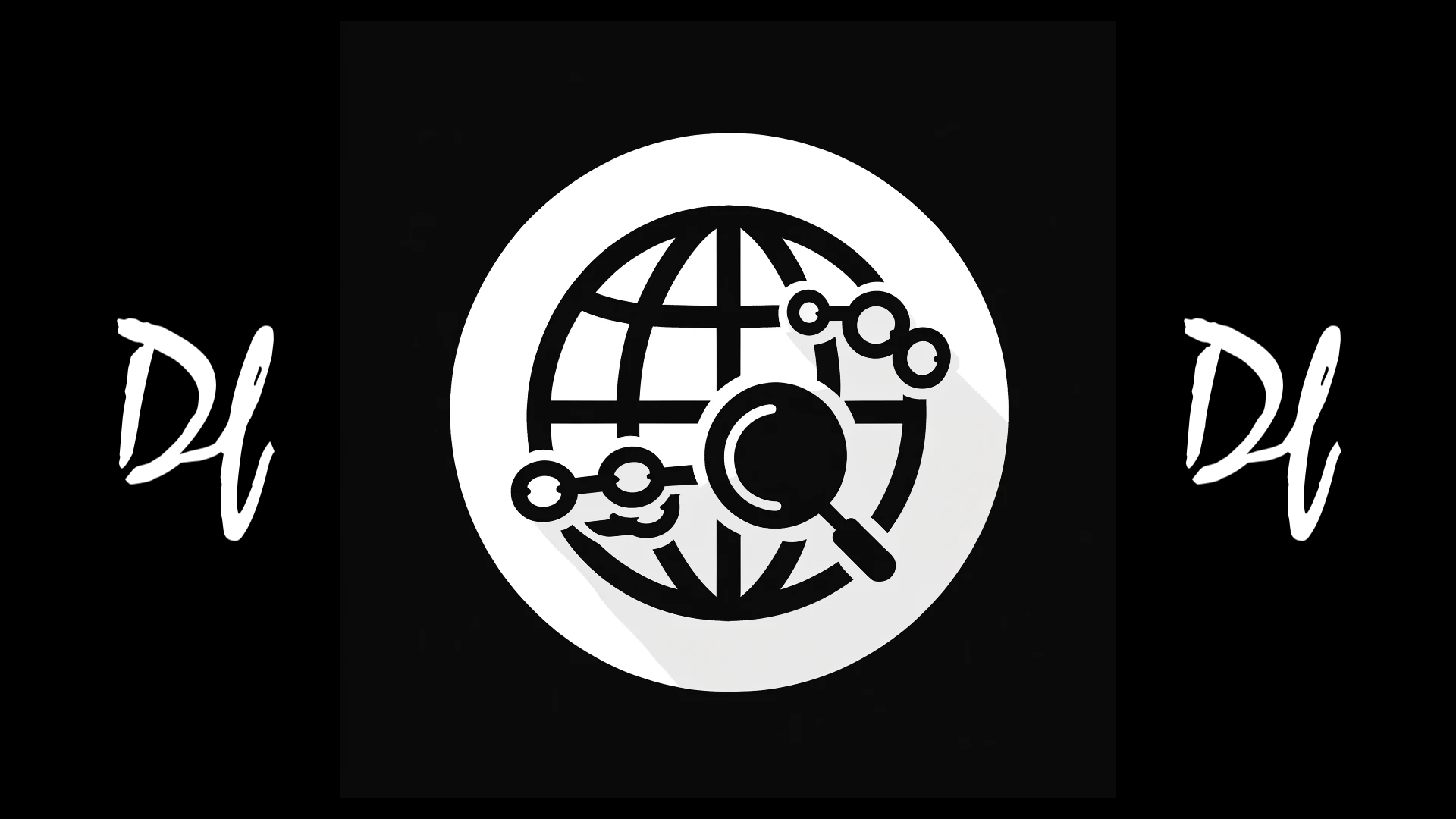The 2021 Facebook Outage

On October 4, 2021, Facebook and its affiliated services, including Instagram and WhatsApp, experienced a massive global outage that lasted approximately six hours, from 15:39 to 21:40 UTC. This unprecedented disruption affected billions of users and highlighted the intricate and sometimes fragile Internet infrastructure.
The Prelude: Understanding DNS and BGP
DNS: The Internet's Phonebook
The Domain Name System (DNS) is often called the internet's phonebook. It translates human-readable domain names like www.facebook.com into numerical IP addresses that computers use to communicate. Here's a step-by-step breakdown of how DNS works:
Root Servers: When you type www.facebook.com into your browser, your query first goes to one of the 13 DNS root servers. These servers don't have the specific IP address for Facebook but can direct your query to the appropriate top-level domain (TLD) server, such as those responsible for the .com domain.
Top-Level Domain Servers: The root server redirects your query to a TLD server. For instance, for the .com TLD, these servers handle queries for all domains ending in .com. They then forward the query to the authoritative name servers for the specific domain.
Authoritative Name Servers: Finally, the TLD server directs your query to Facebook's authoritative name servers, which provide the IP address for www.facebook.com. These name servers contain the actual DNS records for Facebook, enabling your browser to connect to Facebook's web servers.
BGP: The Internet's Routing System
Once DNS resolves the IP address, BGP takes over. The Border Gateway Protocol (BGP) is crucial for exchanging routing information between different networks on the internet. Each large network, such as those operated by ISPs and Facebook, maintains extensive routing tables that help direct data to its correct destination.
BGP enables these networks to share information about which IP addresses they manage, ensuring that data packets can traverse multiple networks to reach their final destination. This complex system requires meticulous coordination and management to maintain the integrity and functionality of the Internet.
Timeline of the 2021 Facebook Outage
October 4, 2021
15:39 UTC: The first signs of trouble appeared as Facebook's services became inaccessible. Users across the globe reported issues accessing Facebook, Instagram, and WhatsApp.
15:50 UTC: Facebook confirmed the outage via a tweet, acknowledging that some users were experiencing difficulties accessing its apps and services.
16:00 UTC: Technical teams at Facebook identified a significant issue with their backbone network. A configuration change issued during routine maintenance inadvertently disrupted their network's connectivity.
16:30 UTC: Due to the configuration error, Facebook's DNS servers automatically disabled BGP advertisements. This safety mechanism prevents further issues when DNS servers lose connection with the data centers. However, this led to all routes to Facebook's DNS servers being withdrawn, effectively cutting off access to Facebook's services.
17:00 UTC: Engineers at Facebook began restoring service, but they faced significant challenges due to stringent security protocols that delayed physical access to data centers.
18:00 UTC: The outage continued as engineers worked to regain access and re-establish connectivity. The lack of DNS routes meant that any attempts to access Facebook's services were unsuccessful.
19:00 UTC: Progress was slow as the technical teams navigated the complexities of Facebook's global network. The redundancy in their DNS setup, intended to provide robustness, ironically complicated the recovery process.
20:00 UTC: Facebook engineers regained access to some data centers and reversed the erroneous configuration change. This step was crucial to re-establishing the BGP routes and restoring DNS functionality.
21:40 UTC: Facebook announced that its services were gradually returning online. Restoring full service continued for several hours as engineers monitored and stabilized the network.
The Technical Breakdown: What Went Wrong?
Configuration Error and Network Isolation
The outage's root cause was a misconfiguration during routine maintenance that severed connections in Facebook's backbone network. This backbone network is crucial as it connects all of Facebook's data centers globally. The disruption triggered a safety mechanism in Facebook's DNS servers, causing them to withdraw BGP routes.
BGP Route Withdrawals
BGP route withdrawals meant that Facebook's DNS servers were no longer reachable from the internet. Without these routes, DNS queries for Facebook's services failed to resolve, rendering the services inaccessible. BGP routes are essential for directing traffic to the correct network paths, and their absence can lead to significant disruptions.
The Recovery: Challenges and Solutions
Physical Access and Security Protocols
One of the most significant challenges faced by Facebook's engineers was the physical access to data centers. Facebook's security protocols, designed to protect against unauthorized access, delayed the entry of engineers into critical facilities. These delays prolonged the outage as the technical teams could not quickly implement the necessary fixes.
Restoring BGP Routes
Once access was gained, the primary task was to restore the BGP routes. This involved re-advertising the routes to Facebook's DNS servers, making them reachable again. The process required careful coordination to avoid further misconfigurations and ensure a stable restoration of services.
Lessons Learned and Future Preventive Measures
Importance of Redundancy and Fail-Safes
The outage highlighted the importance of redundancy and fail-safes in network design. While Facebook had multiple DNS servers and redundant paths, the simultaneous withdrawal of BGP routes exposed a vulnerability in their system. Future improvements may ensure backup systems are unaffected by the same failure conditions.
Enhanced Monitoring and Rapid Response
Improved monitoring tools and rapid response protocols can help detect and mitigate similar issues more quickly. Automated systems that can identify and correct configuration errors before they propagate could prevent such widespread outages.
Collaboration and Communication
Effective communication between technical teams and external partners, such as ISPs, is crucial during an outage. Collaborative efforts can expedite the resolution process and minimize downtime.